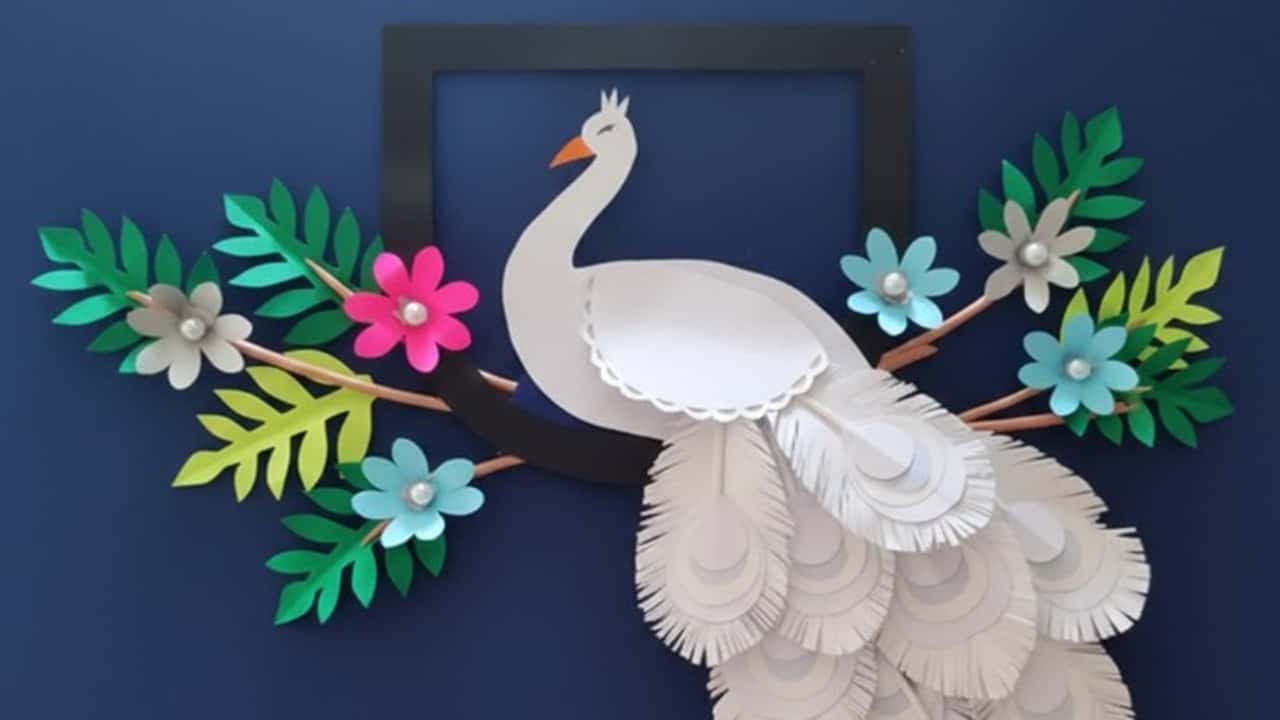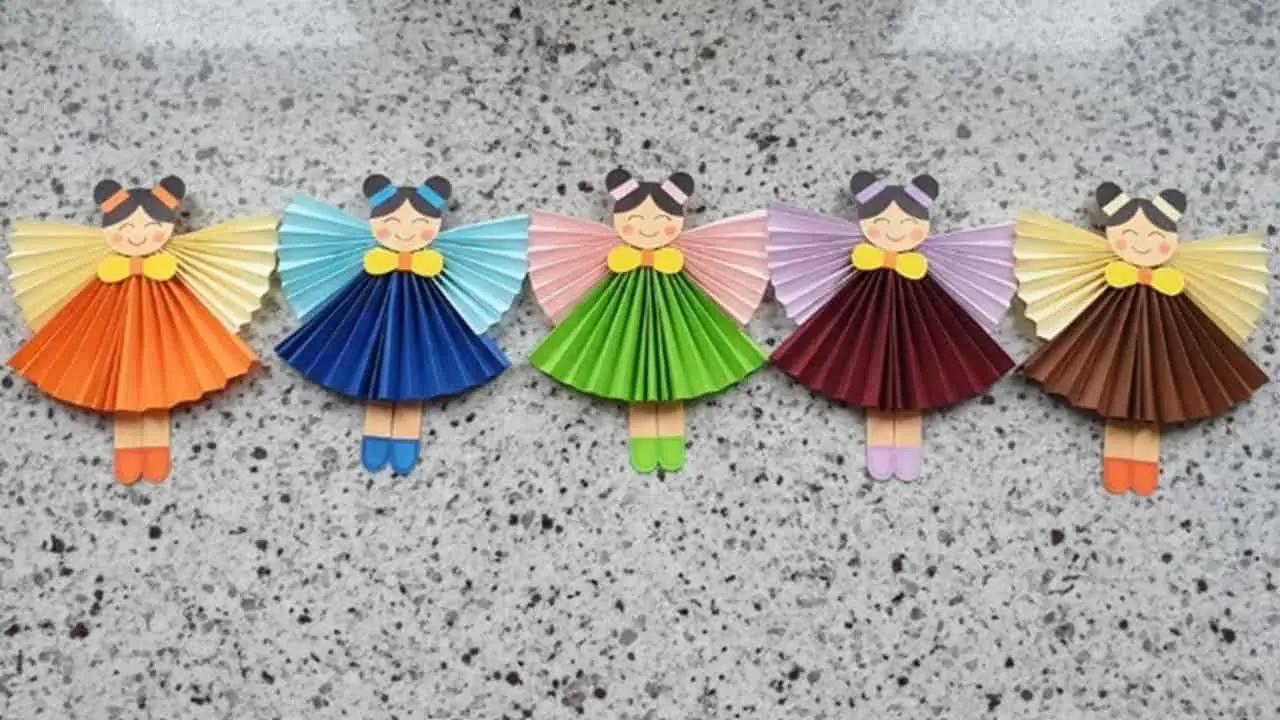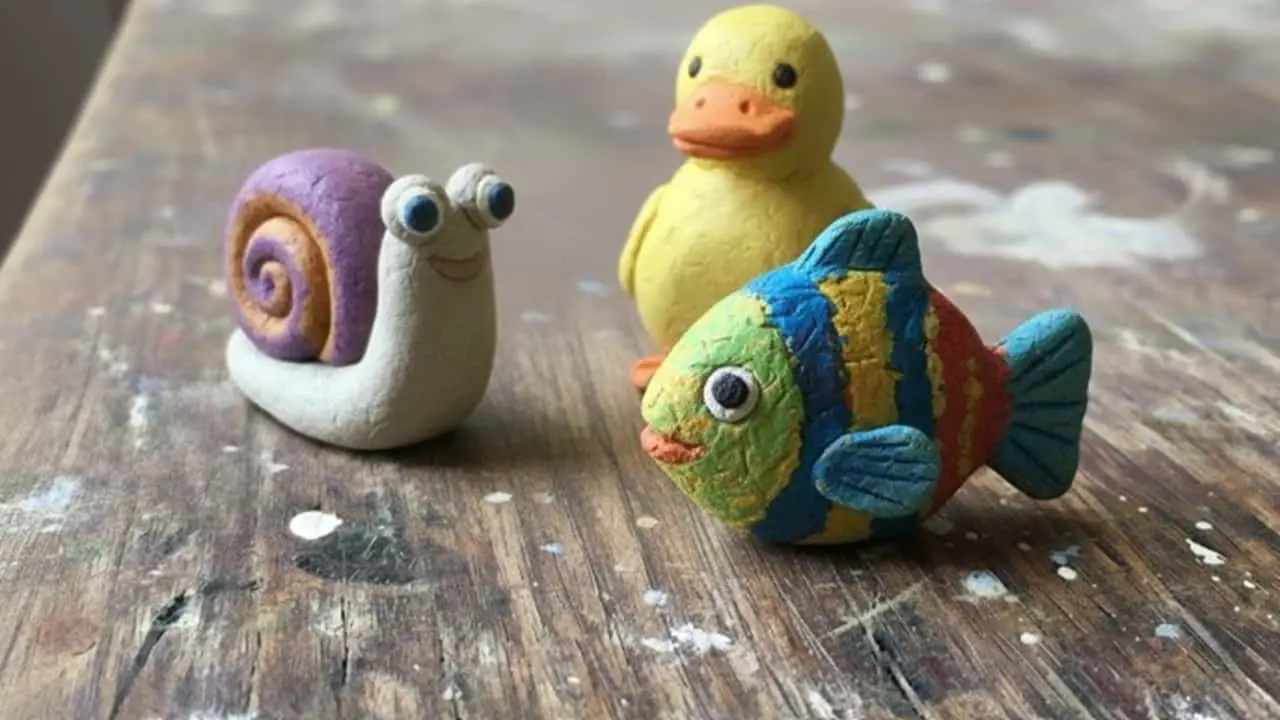As a devoted parent and crafting enthusiast, I’ve discovered the incredible joy and benefits that origami brings to both children and adults alike.
Through the art of paper folding, children not only unleash their creativity but also develop essential skills such as patience, focus, and problem-solving.
This Origami Paper Elephant isn’t just about creating beautiful pieces, it’s about nurturing young minds and fostering a love for learning.

From elephants to graceful origami cranes, each fold in such types of craft teaches valuable techniques that children can proudly showcase in their school projects and beyond.
So, without wasting any time, let’s get right into this paper folding technique to achieve the elephant figure.
Editor’s Note: I have also made a printable version of elephant craft for kids here. Alternatively, you can also watch the complete video walkthrough here.
Step 1: Fold and unfold the Origami Paper

I chose a blue piece of origami paper for my elephant craft.
It’s important to start with a square-shaped sheet with equal sides.
So, to start with, I first folded and unfolded the paper into triangles and rectangles. I made sure to fold it from all angles to make it easier for the next steps (as seen in above images).
Step 2: Folding it inside

Next, I held the folding lines from two sides and pushed the sheet inside to make a square. You can check the above images for guidance.
Step 3: Forming Triangular Folds

I used one side of the folded sheet to create a triangular shape.
First, I folded one side and brought it to the center, like you see in image 3.1 above.
Then, I folded the other side the same way, post which, I flipped it and folded the remaining sides to form a triangle, just like in images 3.3 and 3.4 above (I made sure to press the folded edges firmly).
Step 4: Unfold for reverse folding

The next move was to unfold the paper, so I unfolded the triangular folds and used my fingers to stretch and shape it into a boat-like form.
For a clearer understanding, you can check out the images above.
Step 5: Cross Folding

I cross folded one edge, then did the same with the other.
This gave me four points to work with i.e. two points were for the elephant’s legs, and the other two were for the head and tail.
Step 6: Forming the Elephant Legs

To make the elephant’s legs, I folded the triangular tip of one side up to the center.
Then, I folded it from both sides, just like in image 6.3 above. After that, I repeated the same steps on the opposite side to form the other leg of the elephant.
Step 7: Forming the Body

Now, it was time to shape the body of the elephant.
I flipped the sheet to the back side and then, I made multiple folds to the top layer of the sheet, just like you see in images 7.1 and 7.2 above.
After that, I folded it in half, keeping the folded section of the elephant’s legs inside.
This created two long points, which I used to make the elephant’s tail and trunk (can be seen in subsequent steps below).
Step 8: Crafting the Elephant’s Tail

From the two long points, I used one to create the elephant’s tail.
First, I made some folds to make it flexible and then, I pushed the point downwards from the inside.
After that, I folded and pushed a small section of the tip upwards followed by pulling the tip outside to make it look like a tiny tail.
Step 9: Crafting the Elephant’s Head

Since the tail was complete, it was time to shape the elephant’s head structure on the other side of the sheet.
To achieve this, I pushed the tip downwards and pressed the edges to flatten it, just like you see in images 9.1 and 9.2 above.
Then, I folded it from the sides and joined them together.
I pressed the edges firmly to ensure the folds stayed in place (Our elephant’s head is complete).
Step 10: Shaping the Trunk

Next, I folded and pulled the long edge upwards, into half.
Then, I pulled the tip out to form the edge of the trunk, just like in image 10.2 above.
To draw the eyes, I used a black pen and marked a dot on both sides of the face.

The paper elephant was now ready, and you can craft more using different colored papers in a similar way.
Video Walkthrough Of Origami Paper Elephant
Final Thoughts
Crafting an origami paper elephant, as showcased here, not only results in a beautiful piece but also fosters a love for learning.
You can experiment with different sizes of sheets to create a slightly larger elephant structure. Unfortunately, I didn’t have gray paper handy, otherwise, it would have provided a more precise result.
Nevertheless, each fold teaches valuable techniques that children can apply in various school projects and beyond.
Remember, crafting is not just about the final product, it’s about the journey of discovery and growth.
Frequently Asked Questions
Are there any other animals I can make using origami besides elephants?
Yes, there are countless origami designs for different animals such as fish, birds, butterflies, bunny and frogs. You can explore various tutorials on our Youtube Channel or in the kids craft section to get inspiration and create a whole menagerie of creatures.
Can I use regular printer paper instead of origami paper?
While origami paper is specifically designed for folding, you can certainly use regular printer paper. Just make sure it’s square-shaped and not too thick to facilitate easier folding.
How long does it take to make an origami paper elephant?
For me it took just 5 minutes to craft this origami paper elephant however on average, you can expect to spend anywhere from 5 to 10 minutes. The time it takes to complete an origami elephant can vary depending on your experience level and the complexity of the design.





